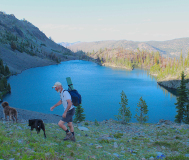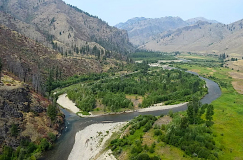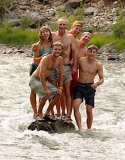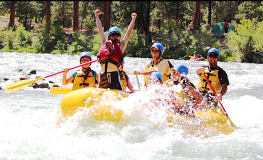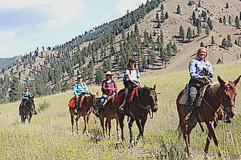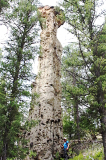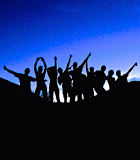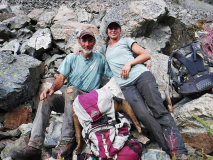No products in the cart.
Keep It Wild
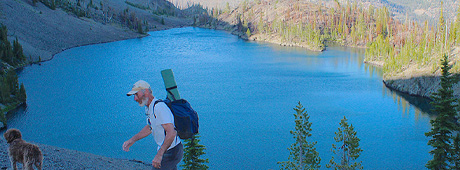
The Not in Wilderness Coalition
By Steve Zettel
Photos Courtesy Idaho Wilderness Company
About a decade ago, a good friend of mine joined our outfitting company on a Middle Fork of the Salmon River float trip with his wife and two young children. It’s always rewarding to assist and witness wilderness visitors who return to give the experience to their next generation. In this case, my friend was a former employee who is now a professional outfitter in Alaska. I was sure it would be fulfilling for him to share his wilderness roots with those closest to him—but unfortunately, he squandered the chance.
Imagine the feeling of being totally present with the folks of your choice, in a beautiful place of your choice, disconnected from the outside world for days on end. It’s quite a rare and special opportunity today. But as I learned later, each evening after dark, my friend would sneak off into the camp perimeter and make business calls on a satellite phone. Knowing him, I’m sure when he came back to his tent after each call, he would have brought the problems and issues of his business day with him, which would have ruined his wife’s nirvana as well.
I say he “sneaked off” to make the calls because Idaho Wilderness Company has had a limited technology policy for about a decade. A year after that trip, my friend wanted to book twenty-four guests, which would include his clients and their families. Great, I said, bring it on. The trip never happened. Why? Because my friend decided for the entire group that our technology policy did not align with his clients’ needs. If that were actually true, then I think maybe it was best they didn’t come. But recent history has taught us the opposite is more likely to be the case.
Anyone who has enjoyed the world-famous Middle Fork of the Salmon with our group or has been on one of our horseback excursions in the Frank Church –River of No Return Wilderness (“the Frank”) in the past decade knows it’s mandatory to sign the Wilderness Ethics Agreement we created. It states that our guests are not simply going outdoors, they’re visiting the wilderness, and they should respect it. We identify things they should not bring or use, which is a list that varies based on the activity. For example, hunters are asked to limit their ensemble to that which their grandfathers might have brought on a hunt decades ago, although they can add a headlamp and digital camera. Floaters are invited to bring a flute or guitar but leave Spotify at home. Everyone is asked to leave all communications technology behind.
”But my cellphone is my best camera!”
We’ve yielded to this plea, and have asked that the only aspect of it to be used is the camera. We even ask that all viewing and sharing of photos wait until the return to civilization. The main reason for this is that none of us can be trusted. Once the phones come out, so do all the features: bird apps, star apps, last year’s pictures, this year’s calendar, all the cool things a phone can do. Without further ado, everyone begins the staring-at-the-phone scenario. This in no way enhances anyone’s wilderness experience. Of course, breaches of the rule still happen but they’re in relatively rare moments, usually in privacy. We have no intention to be police, just stern advisors.
How has this little experiment worked out? Regardless of the consternation of some guests prior to their excursion, our post-trip reviews are overwhelmingly five-star. I have guided trips for fifty years now, in Idaho, Pennsylvania, Florida, and Alaska, and none of my efforts to provide a high-quality experience have received the gratitude that “Don’t use your phone,” has garnered. Crazy, right? What a telling insight into the human spirit and the hidden joy of peace—which, for whatever reason, we seem to do everything we can to deny ourselves.
I don’t claim to be a psychologist but that doesn’t preclude me from being a time-hardened witness. Folks who visit the wilderness for two to four days will most likely find joy in the activities and the peaceful moments. Those who stay five days will reach a feeling of quasi-freedom. For them it’s like, “I’m almost there,” but they still might not know where “there” is. It feels like it could be a special place. After six days or more, it happens: a life-changing experience. If I could explain this or bottle it, I would be an extremely wealthy man. And yet, this phenomenon may be coming to an end.
This year, new cell phones are beginning to include some access by satellite. Soon enough, this will include wi-fi, phone calls, everything a phone does at home. All of it will be available in most of the world’s wildest places. People will be able to podcast from their favorite hot spring, make conference calls around the campfire, Zoom while casting. I think it’s unlikely that people with different perspectives about this development will find cooperation or common ground. I, for one, have zero desire to share the world’s wild places with someone on speaker phone. I don’t want to listen to a barrage of dings and dongs that signal incoming texts, emails, and other messages while I’m on a wilderness voyage. For one thing, any such news from the outside world will certainly lead to proclamations about goings-on elsewhere: the very day-to-day problems and stress most of us are trying to shed for a while.
Nor are modern technology’s interruptions of the traditional wilderness experience limited to communication. Rogue military flyovers and occasional sonic booms by some of Mountain Home’s finest happen by day, and the enjoyment of a peaceful night sky has become marred by a plethora of satellites, jet and plane flyovers, and now Starlink trains. On another level, Idaho Fish and Game has initiated a technology task force to attempt to rein in the current wave of technological aids to hunting and killing.
A high lake in the Frank Church–River of No Return Wilderness.
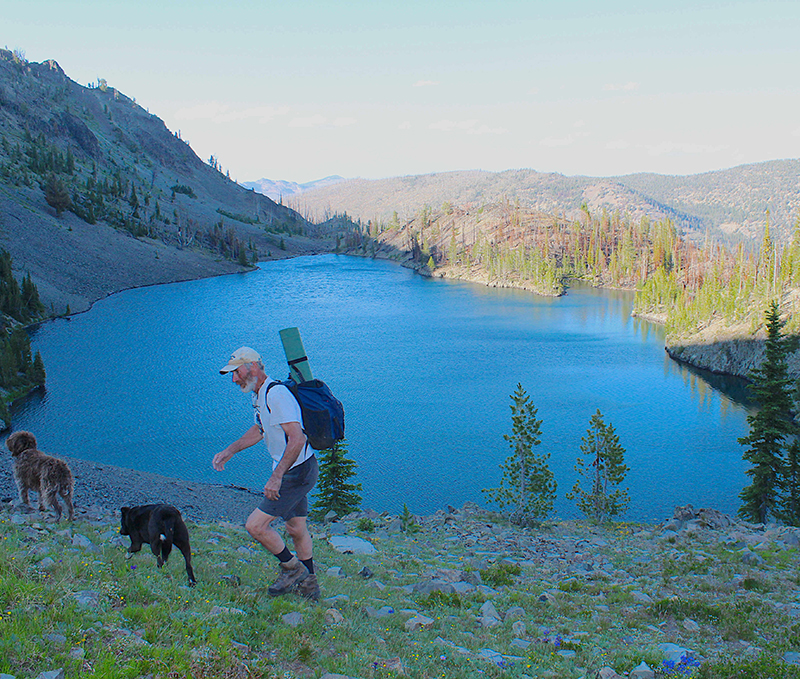
Cabin Creek Meadow in the heart of the Frank.
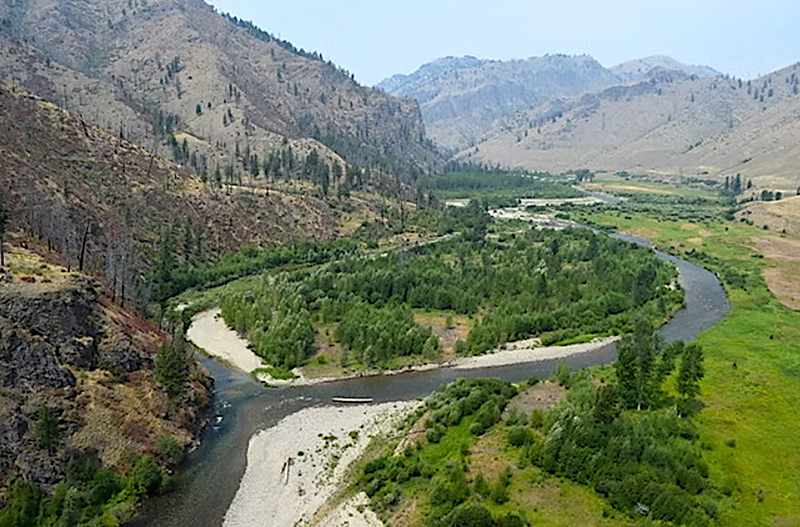
A river-running crew takes a break
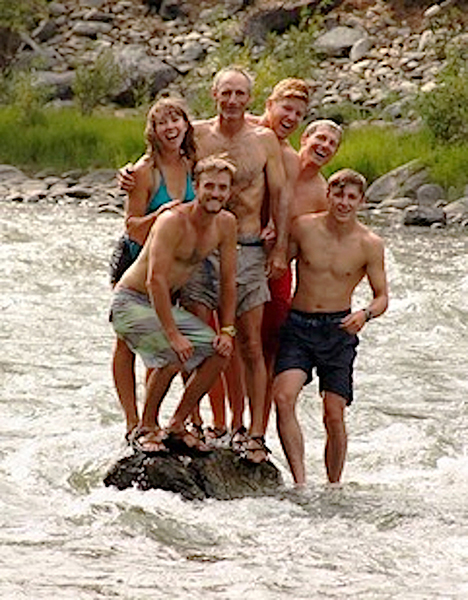
Fun in the rapids.
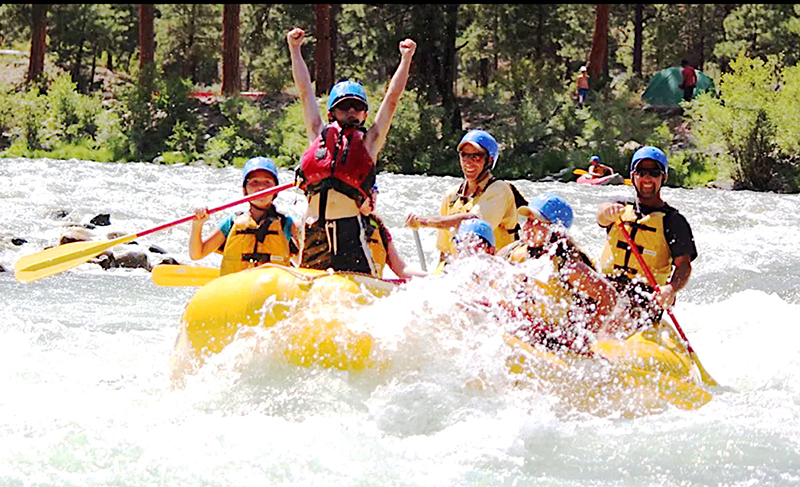
The Frank has long been horse country.

A geological formation at Monumental Creek.
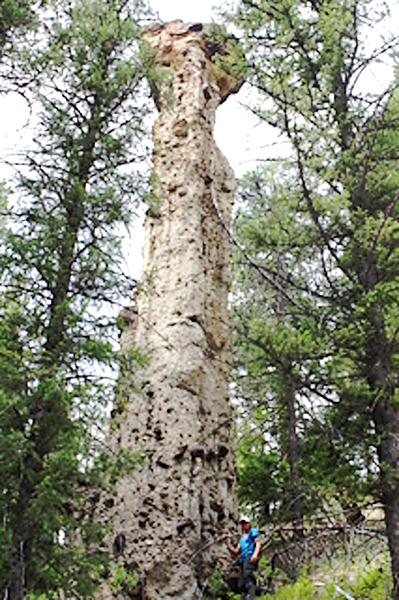
A silhouette of visitors to the central Idaho wilderness nicknamed "the Frank."
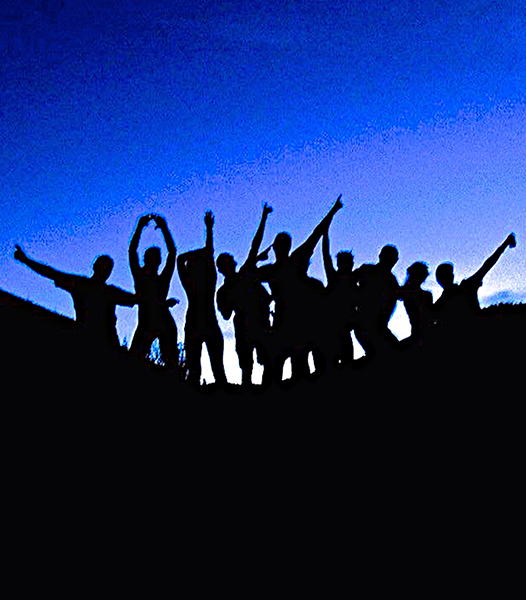
Steve and wife Jess pack out a bighorn ram.
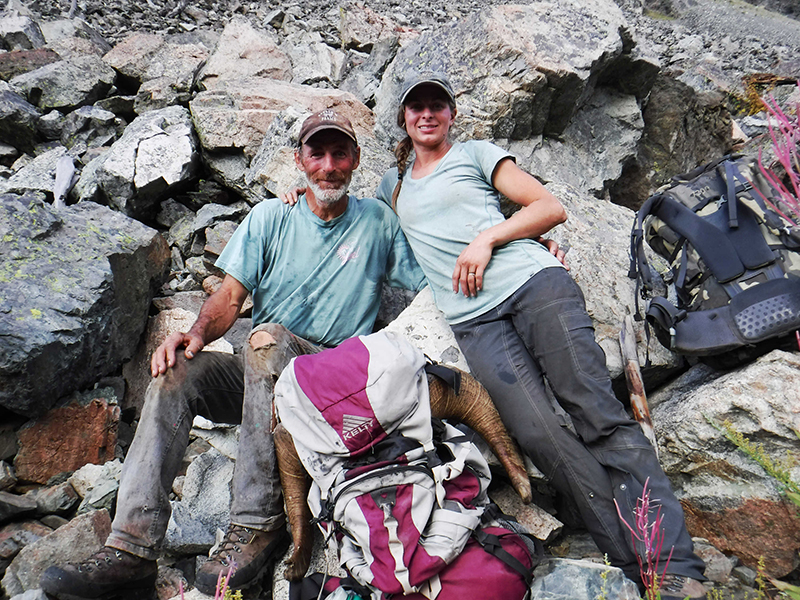
I should be clear, though, that on topics such as this, we’re all hypocrites. Each of us is aligned to our own level of acceptance and can be uncomfortable with the level of others around us. To anybody today, a “traditional” wilderness experience certainly is not eating and wearing what we hunt and find. We don’t fell trees to build a home, or chase, or are chased, by the indigenous folks who were having their own wilderness experience. Those days are gone and we are left with what has been provided to us by multiple acts of Congress. The Wilderness Act of 1964 defined the term:
A wilderness, in contrast with those areas where man and his works dominate the landscape, is hereby recognized as an area where the earth and its community of life are untrammeled by man, where man himself is a visitor who does not remain. An area of wilderness is further defined to mean in this Act an area of undeveloped Federal land retaining its primeval character and influence, without permanent improvements or human habitation, which is protected and managed so as to preserve its natural conditions and which (1) generally appears to have been affected primarily by the forces of nature, with the imprint of man’s work substantially unnoticeable; (2) has outstanding opportunities for solitude or a primitive and unconfined type of recreation; (3) has at least five thousand acres of land or is of sufficient size as to make practicable its preservation and use in an unimpaired condition; and (4) may also contain ecological, geological, or other features of scientific, educational, scenic, or historical value.
Where it gets tricky is that all wilderness areas in the United States require their own Acts of Congress, each of which contains specific compromises that were necessary to garner the public support and the subsequent Congressional votes to pass. Anyone who wants to comment on, debate about, visit, or alter specific wilderness areas must be aware of these compromises. To me, this means that today’s “traditional” wilderness experience is defined by the 1964 Act, subsequent Acts for specific wilderness areas, and our company’s decades of experience.
All this leads me to a new nonprofit organization I’ve founded called the Not in Wilderness Coalition (NIWC). Its goal is to be a clearing house of information and perspectives on the subject of technology and its effects on the “traditional” wilderness experience.
On a physical level, protections are in place for our country’s wilderness areas. Boundaries are set by Acts of Congress to create and protect these areas, but I think Congress back in the day had little idea of how technological developments could threaten their well thought-out and well supported plans. I think it’s time for the American people to re-up our “wilderness designation,” and clarify what it means going forward. I want NIWC to take the lead on this national conversation. We’ll bring in all the players, all the perspectives, all the possibilities, and create a platform for debate, information, brainstorming, and alliances.
Idaho is highly qualified to coordinate such discussions, debates, and actions. We’re home to the Frank, one of the largest, most diverse, and one of the most compromised wilderness areas in the country. The US Forest Service used to have a saying: “So goes the Frank, so goes wilderness.” I believe this is still true. That’s why the NIWC will focus on the Frank, its users, operators, managers, owners, and stewards. Our goal is straightforward: keep the wilderness wild.
For more information on the NIWC, visit www.notinwilderness.org. Steve Zettel’s book on the subject, The Organic Treadmill, and Other Great Powers of Wilderness, is available on Amazon. Proceeds from book sales go towards the NIWC.
This content is available for purchase. Please select from available options.
Purchase Only
Purchase Only

